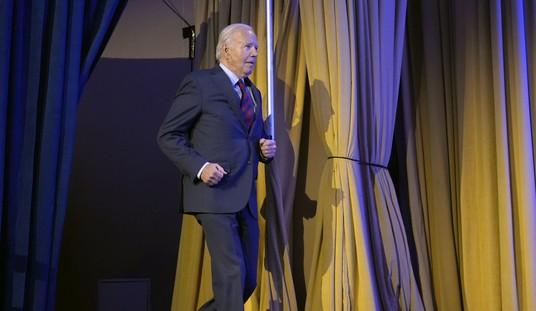A number of people have asked me what is causing the current shortages in certain types of drugs. Here’s what I’ve been able to discern so far:
In general, there are two reasons why shortages might appear in a market. The first is high fixed costs. These include regulatory costs, the costs of converting a manufacturing plant to a new use, or the costs of creating a new factory. Industries with high fixed costs will see temporary shortages after either supply shocks (e.g., a factory goes offline) or demand shocks (e.g., an increase in the population needing a drug). The price mechanism eventually resolves such shortages. The duration of the shortage is related to the size of the fixed costs.
Shortages also appear when something interferes with the price mechanism’s ability to resolve a shortage. The classic example is government price controls (i.e., a binding price ceiling). Such shortages persist as long as the price controls (e.g., rent control) remain in place and binding.
From my study of the current spate of drug shortages, the best accounting for these shortages appears in this publication by the U.S. Department of Health and Human Services: “Economic Analysis of the Causes of Drug Shortages,” Issue Brief, October 2011.
I initially suspected these drug shortages were caused by Medicare’s Part B drug-payment system. Others, including Scott Gottleib and the Wall Street Journal, have made that claim. However, this study and a lengthy discussion with the U.S. Department of Health and Human Services’ assistant secretary for planning and evaluation have persuaded me that not only is Medicare’s Part B drug-payment system not the cause, that system doesn’t even impose binding price controls. Rather, it controls the margins that physicians earn for administering a drug. (If Medicare did impose binding price controls, would we see mark-ups of 650 percent or more for the shortage drugs?)
Rather, the shortages appear to be the result of a number of dynamics in the market for rare drugs:
- The first dynamic is that the small number of potential manufacturers for these drugs must decide which drugs to manufacture, and they must make those decisions in part based on what they expect the demand for the drugs will be and in part based on which drugs they expect their competitors will produce. You can imagine what happens if one or more manufacturers guess “wrong”: there will be too many firms making some drugs, and too few firms making other drugs. The latter drugs exhibit shortages.
- A second dynamic is the high fixed costs inherent to bringing a new pharmaceutical factory online, or from converting existing factories from producing the “wrong” drug to producing the “right” drug.
- A third dynamic is the price rigidity introduced by the contracts with middlemen (“group purchasing organizations”) that purchase these drugs from manufacturers and then sell them to providers. These GPOs typically negotiate long-term contracts for drugs, which can temporarily prevent the price mechanism from resolving a shortage by locking manufacturers into churning out an already over-supplied drug. If shortages occurred frequently, one would expect the manufacturers and GPOs to negotiate shorter-term contracts. As I understand these shortages, they are infrequent.
- All that said, no doubt some of the high fixed costs in this market are iatrogenic. There are fixed costs associated with getting FDA approval to (a) market a new/substitute drug in the same class as the shortage drug, (b) switch manufacturing capacity to a shortage drug, and (c) import a shortage drug from a new foreign manufacturer. No doubt, there should be some fixed costs—principally related to quality control—associated with each of these activities. But since the FDA implicitly values lives lost to unsafe drugs more highly than it values lives lost to “drug lag,” we can be confident that the fixed costs the FDA imposes on these activities are higher than optimal, and therefore unnecessarily lengthen the duration of such drug shortages.
This analysis suggests that, rather than impose reporting new requirements on manufacturers, Congress should reduce the fixed costs that the FDA imposes on drug manufacturers. Medicare’s Part B drug-payment system is no doubt encouraging physicians to switch to higher-margin drugs, but it doesn’t seem to be playing much of a role in these shortages.
I’d be interested to know if others think I’m missing something.

























Join the conversation as a VIP Member